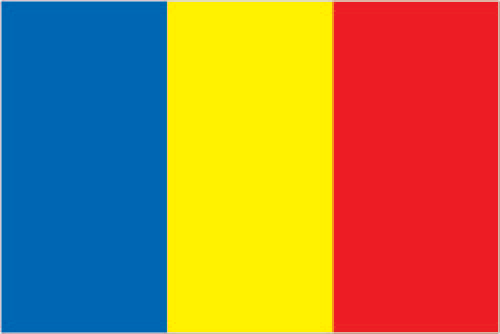
Romania, which joined the EU on 1 January 2007, began the transition from Communism in 1989 with a largely obsolete industrial base and a pattern of output unsuited to the country's needs. The country emerged in 2000 from a punishing three-year recession due to strong demand in EU export markets. Domestic consumption and investment fueled strong GDP growth, but led to large current account imbalances. Romania's macroeconomic gains have only recently started to spur creation of a middle class and to address Romania's widespread poverty. Corruption and red tape continue to permeate the business environment. As a result of the global financial crisis, Romania signed on to a $26 billion emergency assistance package from the IMF, the EU, and other international lenders. GDP contracted from 2009 to 2011. In March 2011, Romania and the IMF/EU/World Bank signed a 24-month precautionary stand-by agreement, worth $6.6 billion, to promote fiscal discipline, encourage progress on structural reforms, and strengthen financial sector stability. In September 2013, the Romanian authorities and the IMF/EU agreed to a follow-on stand-by agreement, worth $5.4 billion, to continue with reforms, although Bucharest announced that it does not intend to draw funds under the agreement. Economic growth accelerated in 2013, driven by strong industrial exports and an excellent agricultural harvest; in December 2013 inflation dropped to a historical low annual rate of 1.6%; and the current account deficit was reduced substantially. Yet, progress on structural reforms is uneven and the economy still is vulnerable to shocks.
$288.5 billion (2013 est.)
country comparison to the world: 45
$278.7 billion (2012 est.)
$277 billion (2011 est.)
3.5% (2013 est.)
country comparison to the world: 92
0.6% (2012 est.)
2.3% (2011 est.)
$14,400 (2013 est.)
country comparison to the world: 94
$13,700 (2012 est.)
$13,600 (2011 est.)
agriculture: 6.4%
industry: 34.2%
services: 59.4% (2013 est.)
22.2% (2011 est.)
3.2% (2013 est.)
country comparison to the world: 120
3.4% (2012 est.)
9.451 million (2013 est.)
country comparison to the world: 51
agriculture: 29%
services: 42.4% (2012)
7.3% (2013 est.)
country comparison to the world: 78 6.5% (2012 est.)
electric machinery and equipment, textiles and footwear, light machinery, auto assembly, mining, timber, construction materials, metallurgy, chemicals, food processing, petroleum refining
8% (2013 est.)
country comparison to the world: 26